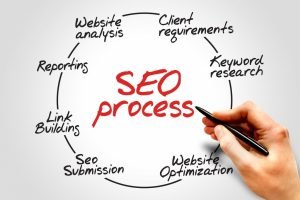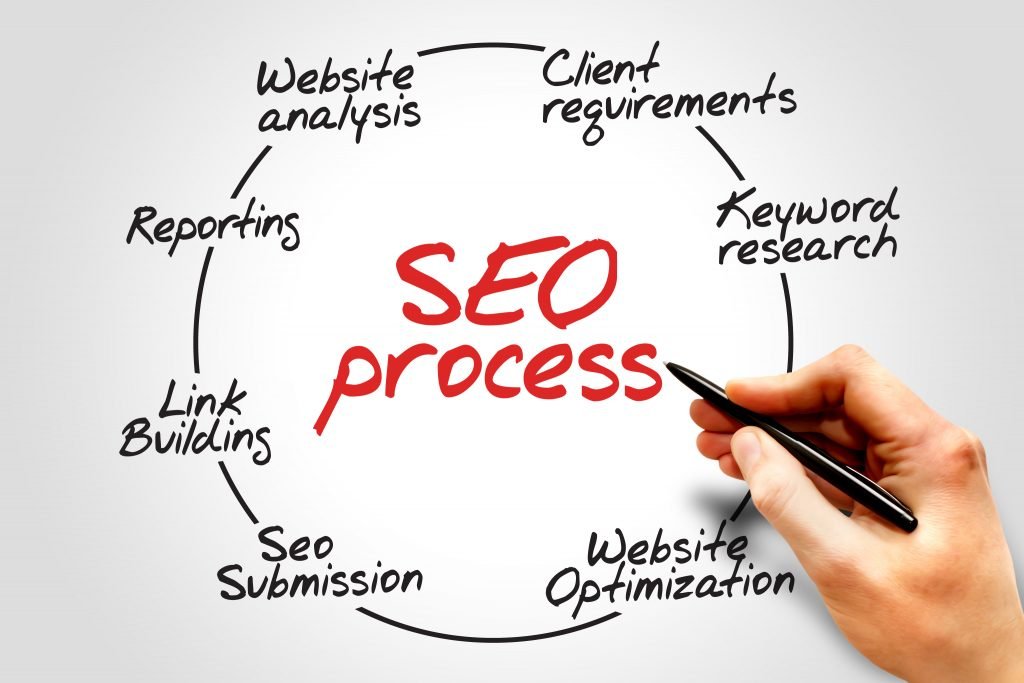
Web spiders can only crawl text, so what will happen if your site mostly has images? You make them crawlable. Why optimize? Images play a significant role in web design as far as aesthetic is concerned. It provides instant visual appeal to website visitors after all. As for SEO, image optimization can help boost your site’s traffic.
One of the most underrated aspects of digital marketing automation, search engine optimization (SEO) in particular, is image optimization. However, that shouldn’t be the case.
Create Clear and Concise Image’s File Names
They should match what the file represents. In addition, you should put a file naming structure in place beforehand. Use dashes between words instead of underscores. Add catchy keywords and frame your file names.
Use Alternative Text or Alt Text
It should describe the image’s content and translate a picture into text, which visually impaired users understand. When there is a slow connection or if images cannot load, the alt text will show and give readers an idea what it is despite not seeing it.
Make the Image Folder Crawlable
Your robots.txt file should not block your image folder. Save all your structural and navigational graphics in a single folder and block it from web crawlers. Save photos of relevant news articles, events, or products in a separate folder and open it to web crawlers.
Make the Images More Findable
Add a short caption to your images. You can either place it below, beside, or on top of the picture. This will also affect your website ranking. You can use it to describe the image than with the ALT text better. Again, let the words flow naturally.
These are some of the most important things when optimizing images that boost traffic and conversion. Without them, you’ll only run the risk of losing a high volume of traffic to your competitor. Why not start image SEO now.
